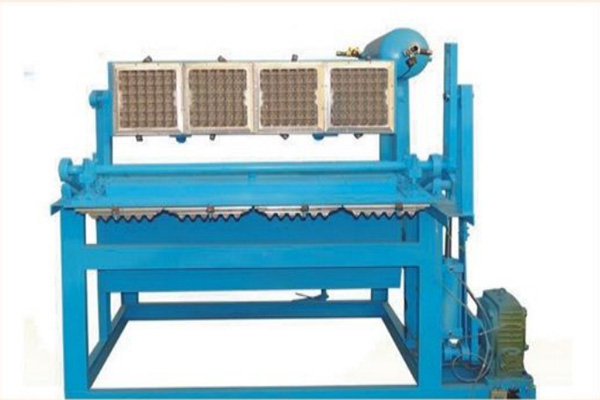
In the long - standing poultry farming industry, operators often face a series of challenges, especially in large - scale chicken farms. Traditional manual operations are not only inefficient but also costly. However, the emergence of H - type laying hen cages, along with their automated egg - collection and manure - cleaning systems, has brought new hope for cost reduction and efficiency improvement in the industry.
Traditional chicken farms rely heavily on manual labor for egg collection and manure cleaning. According to industry statistics, in a chicken farm with 10,000 laying hens, manual egg collection and manure cleaning may require at least 5 - 8 workers, and the labor cost accounts for about 30% - 40% of the total operating cost. Moreover, manual operations are prone to errors, such as missed egg collection and incomplete manure cleaning, which can affect the health of the chickens and the quality of the eggs.
The H - type structure design of the laying hen cage significantly improves space utilization. The unique shape allows for a more compact arrangement of cages, increasing the number of chickens that can be raised per unit area by about 20% - 30% compared to traditional cages. The automated egg - collection system consists of an egg - collection belt and a conveyor. Once the hens lay eggs, the eggs roll onto the egg - collection belt and are then transported to the collection point through the conveyor. The automated manure - cleaning system uses a scraper to clean the manure on the manure - collection belt regularly, keeping the cage environment clean.

| Chicken Quantity | Egg - collection Line Length (meters) | Manure - cleaning Frequency (times per day) |
|---|---|---|
| 5,000 | 30 - 40 | 2 - 3 |
| 10,000 | 60 - 80 | 3 - 4 |
| 30,000 | 150 - 200 | 4 - 5 |
In practical operations, common faults such as egg jams and blockages may occur. When an egg jam occurs, first, stop the egg - collection system and check the egg - collection belt for any foreign objects or abnormal egg arrangements. If there is a blockage in the manure - cleaning system, check the scraper and the manure - collection belt for damage or blockage by foreign objects. Regular maintenance, including lubricating moving parts and checking the integrity of the belts, can effectively prevent these faults.

A chicken farm in a certain area with 15,000 laying hens used to rely on 7 workers for egg collection and manure cleaning, with an annual labor cost of about $80,000. After installing the H - type laying hen cage and its automated system, only 2 workers are needed for simple monitoring and occasional maintenance. The annual labor cost has been reduced to about $30,000, a reduction of about 62.5%. At the same time, the egg - collection rate has increased from 95% to 98%, and the egg quality has also been improved.

In conclusion, the H - type laying hen cage and its automated system can effectively help chicken farms reduce labor costs, improve efficiency, and enhance egg quality. Are you facing similar challenges in your chicken farm? Do you want to know more about how to configure the most suitable system for your farm? Click here to get more professional solutions and case studies.

